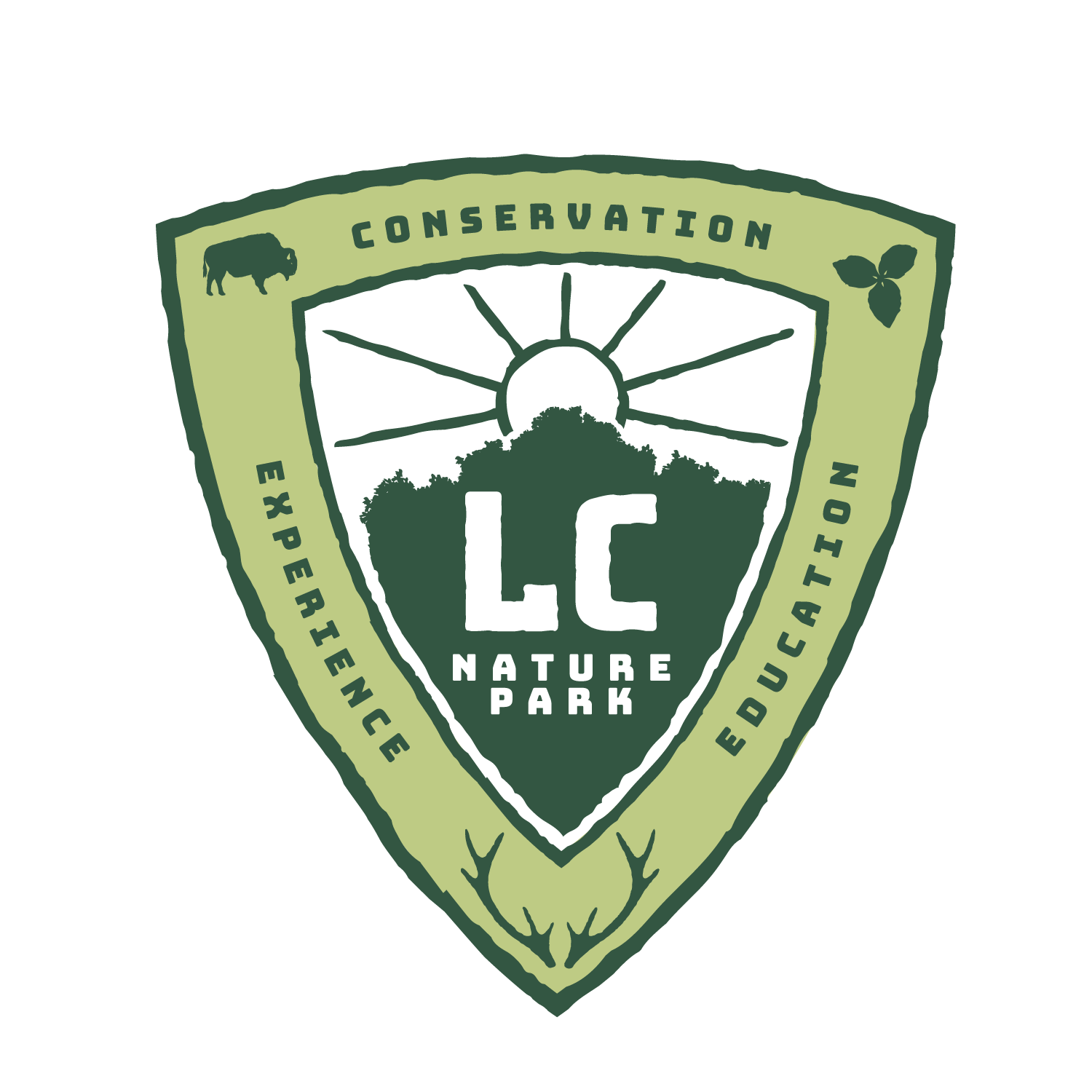Seeds
Overview
In this program, we will learn about the different types of seeds and their methods of dispersal.
We will why and the importance of different seed types and how their modes of dispersal impacts their survival.
Objectives
To learn about different seeds, seed structures, and how they help improve the seeds chances for germination.
Vocabulary
Seed
Animal Dispersal
Self-Dispersal
Water Dispersal
Wind Dispersal
Background
The seed, simply put is a ripened ovule, is a flowering plants primary unit of reproduction. It is the main mechanism for one plant developing into another such plant.
There are seemingly as many seed types are there are plant types and they all have unique characteristics for helping guarantee that the parent plant is successfully reproduced.
There are four primary seed dispersal types:
Animal
Self
Water
Wind
This program will show their importance for the continuation of species.
Program Outline
Students will first spend time walking through the Education Center observing the displays.
Students will then make their way to the amphitheater for a brief introduction to the activities for the day, review the expectations for the Park and program, and information about the program will be provided.
We will discuss the different seed dispersal methods and show how each one works and discuss the pros and cons of that method and in which ecotype would it be most successful.
We will then go for a hike to the grassland to observe plants in their natural environment and talk about what seed dispersal methods may be appropriate for that environment.
Activity: Students will interact with different seeds and experience their dispersal methods. After, they will write journal entry about the different methods and its advantages.
